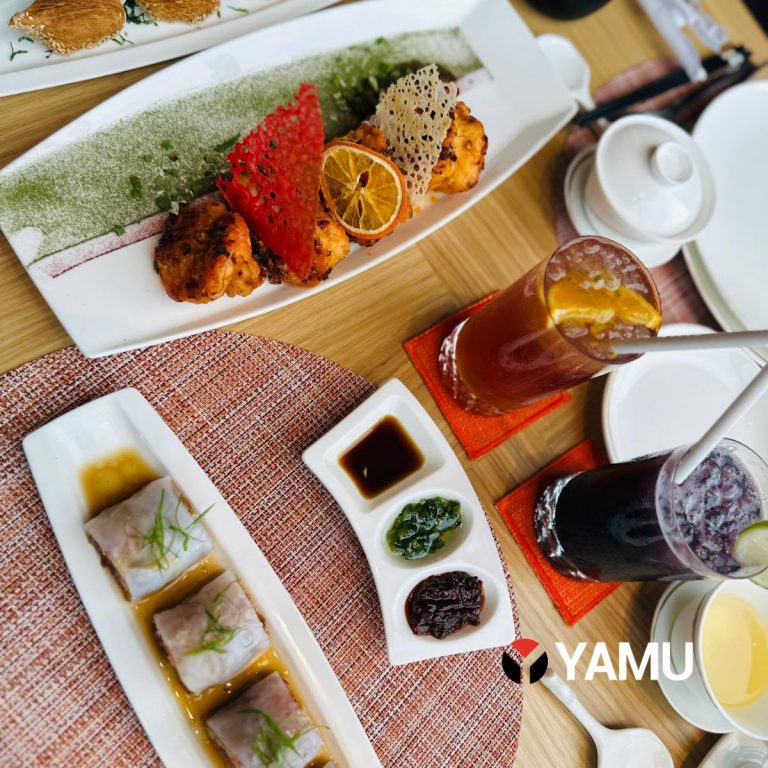Colpetty… Kollupitya… Colombo 3, many names for the same place. Covering a large swathe of Colombo from the Galle Face Green south to the Bambalapitya junction and inland as far as Colombo University at its westernmost point, this is one the city’s most significant districts.
Till recently a leafy and largely upscale residential neighbourhood by the sea the last two decades have seen it transform into Colombo’s effective commercial centre. When Fort, the city’s actual centre, was locked down after a series of devastating terrorist attacks in the 90’s businesses and shops moved their operations south into Colpetty. Its shaded streets, sprawling mansions and seaside location offered a welcome refuge for shops, hotels and offices fleeing the Fort. However the fundamentally residential district’s infrastructure has begun to creak with the influx of traffic and commuters. Concrete and wrecking balls have transformed a once pleasant suburb into a higgledy piggeldy mess of mixed development. However beyond the Galle Road’s somewhat rag tag central strip Kollupitya still retains a surprising amount of its former charm. There are stretches of colonial mansions, diminishing coconut groves, secluded churches, bustling markets and both sea and lakefront views that effectively summarize the modern city in photogenic panoramas.
While Colpetty only really came to prominence in the 19th century when the city’s colonial elite began to leave the northern port-side suburbs for the open spaces and coconut plantations on the road to Galle it was actually incorporated into the broader Colombo settlement in 1660. A large piece of land along the road to Galle was given by the Dutch to a fugitive Kandyan nobleman who led an unsuccessful uprising against King Rajasingha II. The land appropriated from by the Dutch and given to this exiled aristocrat from Kandy was called Kollanpitiya or the plundered land by the local people.
For the next two centuries it served mainly as a coconut plantation and toddy brewery but after the colonial administration created the Galle Face Green out of a strip of rocky seafront, mansions began to spring up between the green and Beira lake. Anglicized to Colpetty it became a sought after neighbourhood not second to the lush Cinnamon Gardens in terms of status and post code prestige. Home to the legendary Alfred House(demolished,) the Temple Trees bungalow, now the Prime Minister’s residence, the Galle Face Hotel, among others . Even today just walk down Thurstan Road peer over modernity’s 10ft high walls to look back into a time when houses were vast, servants were plentiful, morning dress was essential and gin and tonic was a substitute for water.
Long after independence Colpetty retained a distinct residential charm until Fort’s wartime shutdown prompted retail businesses to begin pouring into the formerly sedate streets. However while the sudden influx of commerce has sown several concrete eyesores and demand for land has led to the demise of many of the area’s old mansions it also means that Kollupitiya is home to a real density of shops and restaurants in a city where these things are generally quite spread out. This is probably Colombo’s wining and dining district of choice and as its home to many of the city’s best restaurants and bars means that even the shortest visit to Colombo will usually involve a visit to the- plundered land.
Given Colpetty is both an old colonial suburb and the city’s de facto commercial centre We have written up two distinct tours of the area. A walking tour from Galle Face which should convey something of the area’s history and a more, geographically, spread out tour/guide to 24 hours of eating and drinking in the capital’s gastronomic centre.
As a teaser, here’s a few places we’ve already reviewed:
1. Chesa Swiss
2. Sugar Bistro & Wine Bar
3. Cinnamon Grand Brunch
4. Vespa Sports Club
5. 168 Sea Food Palace
6. Rauf Nanas
7. The Verandah at Galle Face Hotel
8. The Galle Face Hotel Pool
9. Bombay Sweet House












